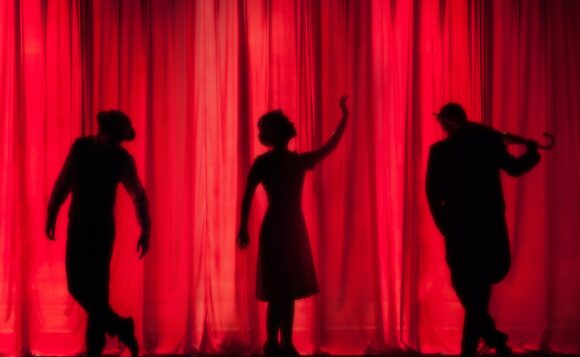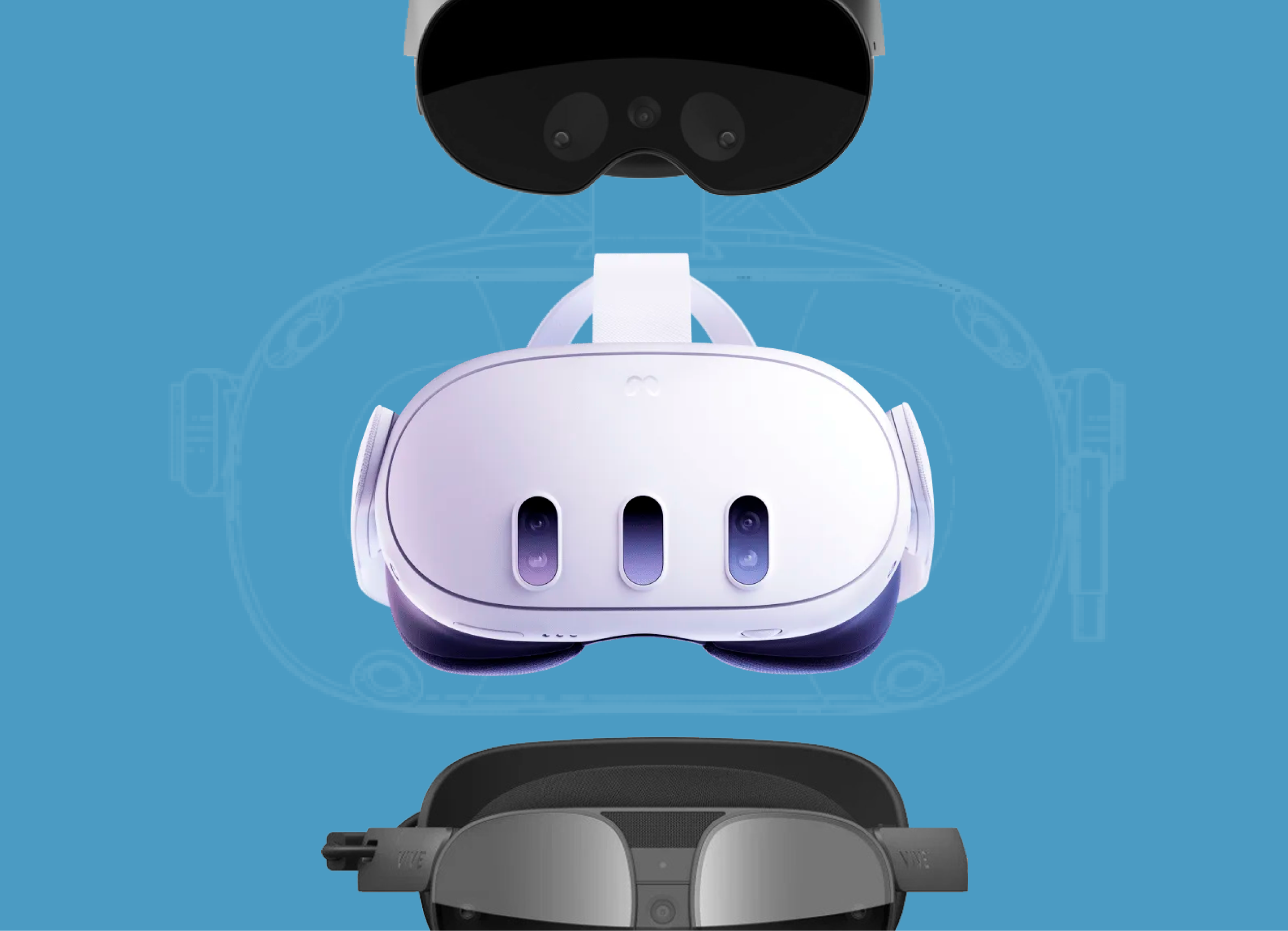
This article was written by our CEO Olga Kryvchenko and originally published on Linkedin. To get more biweekly updates about extended reality, subscribe to Olga’s XR Frontiers LinkedIn newsletter.
In our fast-paced digital world, there’s a new kid on the block – Extended Reality (XR). XR is a catch-all term that includes Augmented Reality (AR), Virtual Reality (VR), and Mixed Reality (MR), and it’s totally changing how we experience and interact with the world. Right now, it’s taking the art and theater worlds by storm, injecting a fresh and immersive twist into these time-honored forms of human expression.
The Art World Meets XR
Just like two buddies hanging out, art and technology have always shared a close bond. Technology consistently unlocks new doors for creativity and artistic expression. Today, XR is reimagining how we enjoy art. Galleries and museums are using XR to put together exhibits that give us an interactive, deep-dive into the art world like we’ve never seen before.
Ever wished you could step back in time and experience an artist’s studio in the roaring 20s? At the Tate Modern’s “Modigliani” exhibit, visitors could slip on VR headsets and do exactly that. Over in Washington D.C., the Renwick Gallery used AR to take its “No Spectators: The Art of Burning Man” exhibition to the next level, letting visitors engage with the artwork through their smartphone screens.
XR is even shaking up the accessibility of art. Not everyone can afford to jet off and visit a world-class museum, but with VR, that museum can bring its exhibits to anyone with an internet connection and a VR headset.
XR Takes Center Stage in Theater
Theater, one of humanity’s oldest traditions, is also welcoming XR with open arms. By integrating XR into their performances, theaters can create immersive and interactive experiences that invite audiences to lose themselves in the world of the play like never before.
Remember “The Tempest” from English class? The Royal Shakespeare Company’s (RSC) production of this classic, in partnership with Intel and The Imaginarium Studios, used cutting-edge motion capture technology to project a real-time digital avatar of the character Ariel onto the stage. Meanwhile, virtual theater pioneers like the National Theatre are playing around with VR to deliver boundary-pushing, immersive performances straight to your living room.
With XR, theater isn’t just exploring new frontiers of creativity; it’s also breaking down barriers to accessibility. Virtual performances can bring the magic of live theater to those who might not have the opportunity to experience it otherwise, such as people living in remote locations or those with mobility issues.
The Ups and Downs of XR in Art and Theater
There’s a lot to love about using XR in art and theater. It’s not just about crafting new and immersive experiences; it’s about tearing down the walls of the traditional venues and formats and reaching out to more people. With XR, art and theater become more inclusive and accessible to all.
That being said, it’s not all smooth sailing. Getting your hands on XR tech can be a bit pricey, and not all organizations can afford it. Plus, XR might be the new cool thing, but it’s still pretty new, meaning both creators and audiences may need some time to get the hang of it. It’s also a balancing act trying to harness the power of this new tech while keeping the soul of traditional art and theater intact.
What’s Next for XR in Art and Theater?
As XR technology keeps evolving, we’re bound to see more ways it can be used in art and theater. More interactive and immersive exhibits and performances, slicker XR tools, and deeper integration of digital and physical elements are all on the horizon. We might even see XR playing a bigger role in teaching art and theater.
The future of XR in art and theater is exciting. It has the potential to connect artists and theaters with a global audience, breathe new life into traditional art forms, and above all, make art and theater more accessible to everyone, no matter where they are or what their physical abilities are.
We’re at a pivotal moment in the story of art, theater, and technology. As we explore this new frontier of XR, it’s thrilling to imagine the limitless creative possibilities waiting for us just around the corner.
Image: Unsplash


